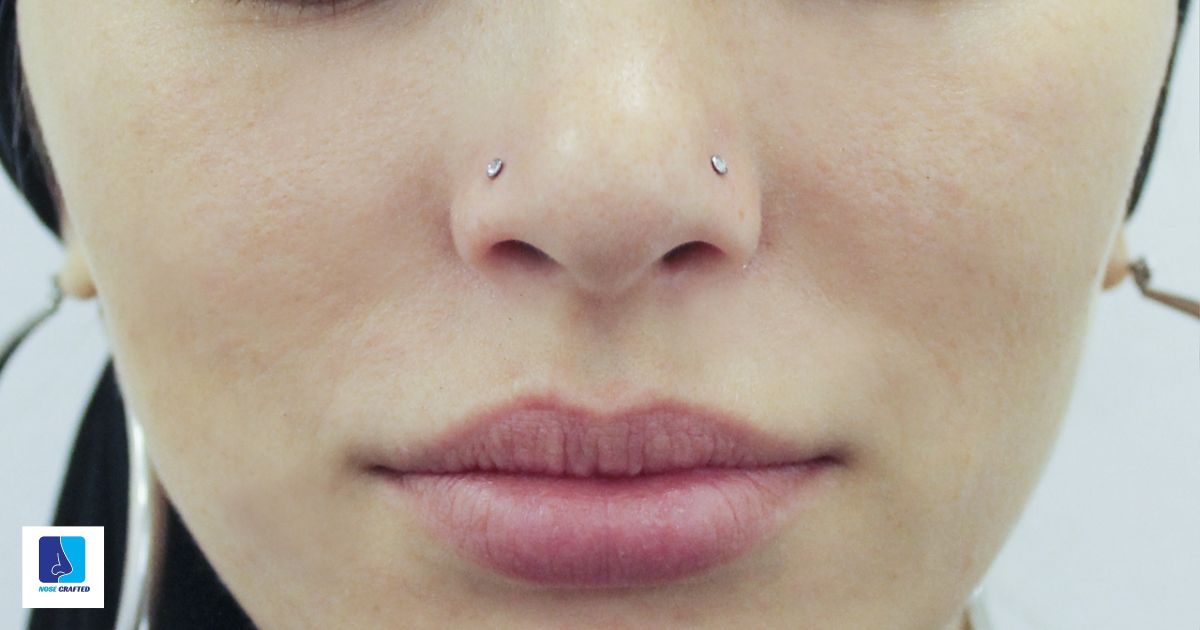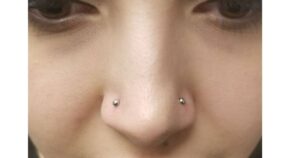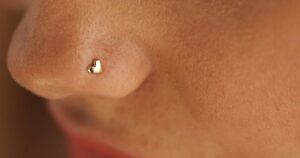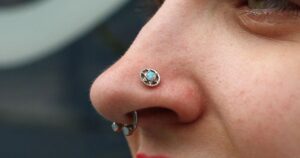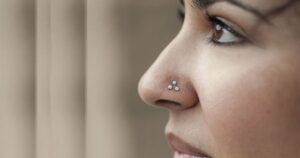Nose piercing is the practice of puncturing the skin or cartilage of the nose to insert a piece of jewelry. It is a form of body modification popular in many cultures around the world. Common types include nostril, septum, and bridge piercings. Nose piercings can be adorned with studs, rings, or hoops.
Are you considering getting a nose piercing but unsure which side to choose? Discover the cultural significance and personal style tips that can help you decide. Whether it’s for tradition or fashion, knowing what side girls get their nose pierced can make all the difference.
In many cultures, girls traditionally get their left nostril pierced. This is believed to be linked to ancient Ayurvedic practices in India, where the left side is associated with femininity and reproductive health. However, in modern times, the choice is often based on personal preference and style.
Historical and Cultural Significance

Nose piercing has a rich history and cultural significance in many societies. In India, it dates back to the 16th century and is often associated with Ayurveda, where the left nostril is linked to feminine energy and health benefits.
In other cultures, such as among the Berber and Bedouin tribes, nose piercings signify wealth and social status. Across the globe, nose piercings have evolved from traditional symbols to popular fashion statements, reflecting both cultural heritage and personal style.
Traditional Practices in India
In India, nose piercing is a centuries-old tradition, especially for women. Typically, the left nostril is pierced due to its association with Ayurveda, which links it to reproductive health. This practice is also seen as a rite of passage, marking the transition from girlhood to womanhood. It remains a popular cultural and aesthetic choice in modern India.
Nose Piercing in Other Cultures
Nose piercing is a significant tradition in many cultures beyond India. In the Middle East, it symbolizes beauty and status. In African tribes, it can denote social standing and wealth. In Western countries, it has become a popular fashion statement, embraced by people of all ages. Each culture adds its unique meaning and style to nose piercing, showcasing a rich diversity of practices.
What Side Should A Straight Girl Get Her Nose Pierced
| Factor | Left Side | Right Side | Both Sides |
| Cultural Significance | Common in Indian traditions | Less common in traditional norms | Rare, but gaining popularity |
| Personal Preference | Many choose for aesthetics | Some prefer for symmetry | Bold, unique fashion statement |
| Fashion Trends | Popular in Western fashion | Also fashionable but less typical | Seen in alternative styles |
| Symbolism | Linked to femininity and health | May have personal meaning | Represents individuality |
| Celebrities | Frequently seen on celebrities | Occasionally seen on celebrities | Few celebrities opt for both |
| Comfort | Depends on sleeping position | Depends on sleeping position | May require more care |
This table summarizes considerations for straight girls deciding which side to get their nose pierced, highlighting cultural, personal, and fashion aspects.
Right Side Nose Piercing Meaning
Right side nose piercing has various meanings depending on the culture and individual. In some cultures, it is less traditional but chosen for personal reasons or aesthetics.
For many, the right side is simply a preference, influenced by how it complements their face or existing piercings, especially when considering use for nose piercings. Ultimately, the meaning behind a right side nose piercing is often personal and unique to the wearer.
Right Side Nose Piercing Meaning Female
In some cultures and beliefs, a nose piercing on the right side holds particular significance for females. It can symbolize femininity, fertility, and marriage readiness. This tradition has roots in Ayurveda, where the right nostril is associated with the female reproductive organs and the menstrual cycle.
Beyond cultural meanings, many women choose the right side for aesthetic reasons or personal preference, complementing facial symmetry or simply liking how it looks. Whether for cultural tradition, personal belief, or style, the right side nose piercing continues to hold diverse meanings and interpretations among women worldwide.
Which Side Nose Piercing Hindu
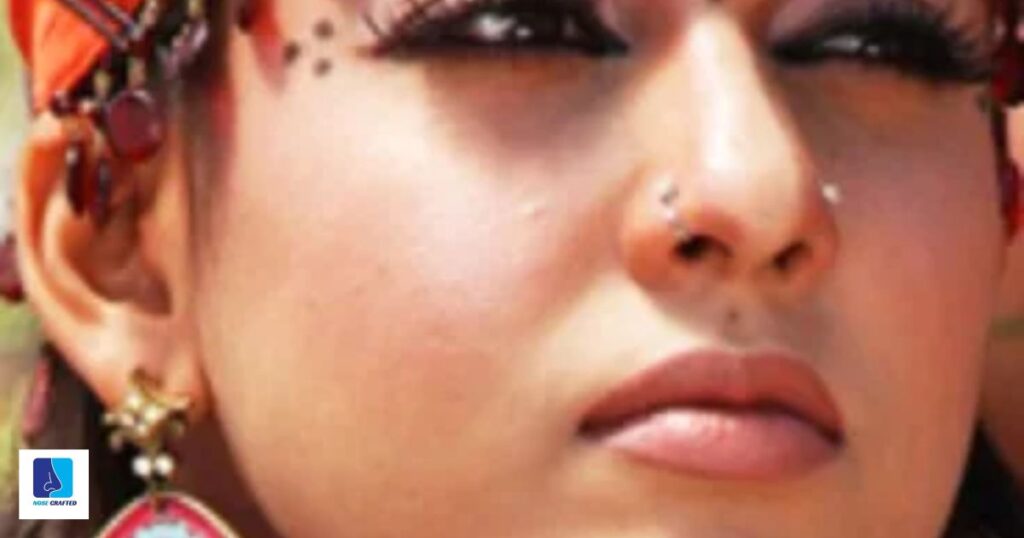
In Hindu culture, the left nostril is often preferred for nose piercing. This tradition is rooted in Ayurvedic medicine, which associates the left side of the body with femininity and reproductive health. Piercing the left nostril is believed to ease menstrual discomfort and childbirth pains, aligning with ancient practices aimed at enhancing a woman’s well-being.
While this tradition holds cultural significance, modern Hindu women may also choose based on personal preference and fashion trends, opting for either side or both nostrils for aesthetic reasons.
Left Side Nose Piercing Meaning
A left side nose piercing holds cultural significance in various traditions, particularly in India and some parts of the Middle East. In Ayurvedic practices, piercing the left nostril is believed to ease menstrual discomfort and childbirth pains, aligning with the feminine energy associated with that side of the body. Beyond health benefits, it also symbolizes cultural identity and personal expression, making it a meaningful choice for many individuals exploring body modification.
Conclusion
In conclusion, nose piercing remains a deeply personal and culturally significant form of self-expression. Whether choosing the left or right side, or even both, individuals embrace this tradition for a variety of reasons—from cultural heritage to modern fashion statements. The decision often reflects deeper meanings rooted in spirituality, health beliefs, and aesthetic preferences.
Moreover, nose piercing has evolved beyond its traditional roles. It now serves as a symbol of individuality and rebellion in some contexts, challenging societal norms while honoring cultural roots. The versatility of nose piercings, with various styles like studs, hoops, and multiple piercings, further illustrates its adaptability to personal tastes and trends.
